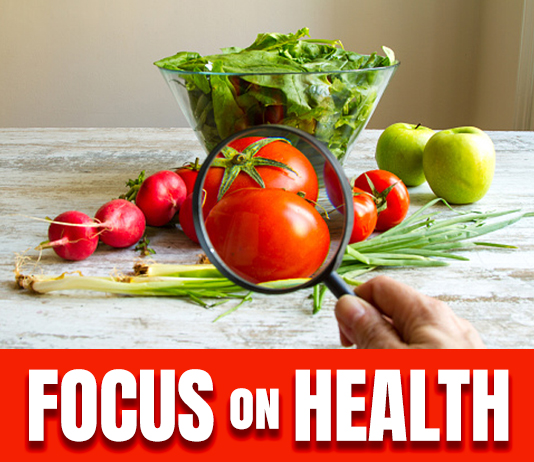
We know 2020 was a year like no other for produce sales at retail. Shoppers stocked up and ate far more meals at home, helping retail numbers, including produce sales, soar. Any produce item associated with “health” – especially “immunity” – benefitted with double-digit sales increases. How can we keep that momentum?
Though consumers are feeling more comfortable with some pre-pandemic activities, many of the COVID-19 trends are still in play, from shopping online to shopping for health. Health motivations are not the only element in a shopper’s purchase decision; they look at food more holistically (taste, convenience, etc.). But health has become a greater factor, and retailers can help boost sales by tapping into food for health or food as medicine.
PMA CEO Cathy Burns called this a “movement” rather than a trend as she represented the produce industry at the Milken Institute 2020 Future of Health Summit late last year. Nutrition, specifically nutrition through food, can optimize good health and address health challenges.
During the Milken session, she said produce is also the connective tissue among society all over the world.
“It is how we relate, it is how we congregate, it’s cultural and emotional. It is the joy of fresh,” Burns said.

Burns said everyone needs to believe fruits and vegetables are the path to a full and vibrant life. And they need to act. Fruit and vegetable consumption must become a daily and lifetime habit.
COVID-19 demonstrated that the food as medicine movement is very powerful. We know, and we must continue to tell shoppers, that the simplest and most important thing a person can do to enjoy a healthy and fulfilling life is to eat fresh fruits and vegetables. A variety of reports consistently tell us that consumers are not even close to eating the recommended amounts of fruits and vegetables.
Given this, retailers can amplify the health trend and combine it with other key consumer interests to drive produce sales:
- Plant-forward diets: Whether it is simply Meatless Monday or a strict vegetarian or vegan diet, help consumers with plant-based meal solutions they can easily incorporate at home.
- Snacks: Highlight fresh produce as a convenient, tasty snack that also builds health and immunity.
- Half the plate messaging: This simple, easy-to-convey phrase gives shoppers a visual goal as you give them healthful, tasty ideas to bring it to reality for all meal occasions.
- Online counts, too: At-risk shoppers may still avoid in-store shopping, and they will be particularly interested in health-enhancing foods. And plenty of shoppers are now used to shopping online and the convenience of delivery or curbside pickup.
Many of these solutions require store-to-shopper engagement. Certainly, you want your online resources to be enticing and convincing. Be sure your in-store merchandising and store associates are ready to draw shoppers into the produce department to find tasty, convenient produce to boost their health and well-being. Using the three I’s of merchandising strategy – Impact, Impulse, and Incremental – produce merchants can appeal to the senses of flavor and smell to increase consumption and communicate the healthful benefits of fresh fruits and vegetables.
In addition to all of this, the United Nations has designated 2021 as the International Year of Fruits and Vegetables. To support this, PMA has launched the PMA Growing a Healthier World Challenge. We will gather and share success stories (submit yours!) and recognize outstanding efforts, culminating in the PMA Humanitarian of the Year Award at PMA Fresh Summit (October 28-30 in New Orleans).






